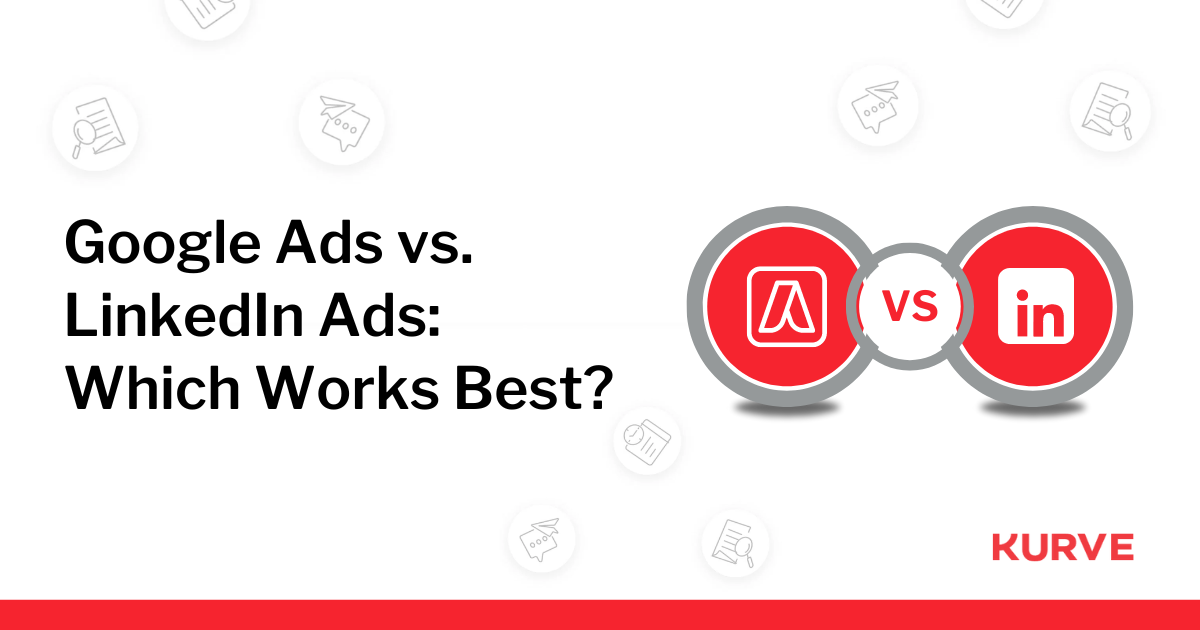How to visualise your customer journey
Once upon a time there were two prospective lifelong customers for your business. One of them was converted into a seasoned contributor to your bottom line, and the other chose to go elsewhere. How can you begin to understand the difference between these two people and why they were driven to make the decisions that they made?
Whilst sales statistics can help you understand how and when people choose to buy, they don’t go far enough to explain the complexity of a contemporary digital customer experience. It is only through creating a detailed customer journey map that you can visualise what your customers go through at each moment, thereby allowing you to cater the experience to maximise revenue.
What is a customer journey map?
Put simply, it’s a visualisation framework to help you understand a customer’s experience, from initial pain point, to their introduction to your brand and beyond.
If done effectively, a customer journey map encompasses all channels across the full range of devices that a customer uses to interact with your business. The methodology for how you construct this journey map is not set in stone, and can be approached in a variety of ways as I’ll outline later in this article.
Regardless of the method and tools that you use, the core of this task is physically representing each section of the journey to identify customer motivations, needs, emotional states, obstacles, fears, questions, concerns, etc. This will highlight what is otherwise invisible to the naked eye.
According to research done by the Aberdeen Group, companies that make use of a formal customer journey management program had:
-
54% greater return on marketing investment
-
24% more positive social media mentions
-
3.5 times greater revenue from customer referrals
How to plan your customer journey effectively
Think of each segment of your map as a plot point in an adventure story that pushes you to ask question of why a decision is made, and what drives the next step.
At the core of each motivation is an emotional state. Whether your customer is clicking through on their phone while on the train, or at a desktop at work, each touch point will evoke a specific emotional response in them that will either steer them towards or away from the next stage of their journey with your brand. Your job is to capitalise on these moments and provide the right content or the right solution for any given stage of consideration.
Start by following a basic who, when, and why framework. First, build personas, identify pain points, and plan who will be entering any given journey. Then, figure out when they’ll be entering this journey and which touch points are along the way. Finally, examine what the intentions are behind each step of the journey; this is key to understanding emotional states.
What should the map look like?
There is by no means one way to visualise a customer journey. You may prefer to use post-it notes, cardboard and highlighters, or use one of the many available digital mapping tools.
This article by Neil Davey features nine sample customer journey maps. The common theme is the application of emotional states and actions, in line with buyer stages. There is no standard best practice for structure, but most maps will feature variants of the awareness, consideration, purchase, and post-purchase. Depending on your product or service, you can make this more specific and structure the stages in with reference to your offering.
Tools such as Microsoft Visio and Gliffy can be extremely useful when it comes to constructing your visuals. Lucidchart is also a good option for simple designs. Whichever method you use, the key is to use a format that prompts deep insights for you.
The biggest challenges
The greatest challenge to constructing a comprehensive map of customer interaction is that we live in an omnichannel world. Your customers are interacting using many different channels on many different devices. Creating an all-inclusive representation of a customer journey is hard.
It’s also important to maintain specificity in the interpretation of your findings, so as to not draw false conclusions. Furthermore, offline customer engagement needs to be examined with due care. Dea Kacorri from Realise highlights the example of Expedia:
“The customer journey is for all intents and purposes with Expedia, but the customer experience sits with the hotel. Repeat purchase will be driven by check-in experience, room comfort, food, etc. Expedia own the customer in a sense, but it cannot influence the customer experience.”
A huge challenge is the ever-evolving nature of the customer journey map as you learn more about customers. This is powered by quantitative research such as A/B testing, and qualitative research such as interviews, reviews, and focus groups. The customer journey map should never be seen as a rigid set of rules, because it should develop as your business engages with more prospects and customers over time.
Summary
Your customers are interacting on multiple digital devices, in a world where the greatest constant is distraction. Without strategic visualisation through a customer journey map, your view will be littered with blind spots, and you’ll lose sales without knowing where drop-off occurs.
Of course, the audience personas, the marketing funnel, buyer stages, and customer journey map must all inform one another and complete a holistic view. There is no one-size-fits-all approach, but the basic principle of applying emotional states to a set of touchpoints and buyer needs will help you design an effective map.


